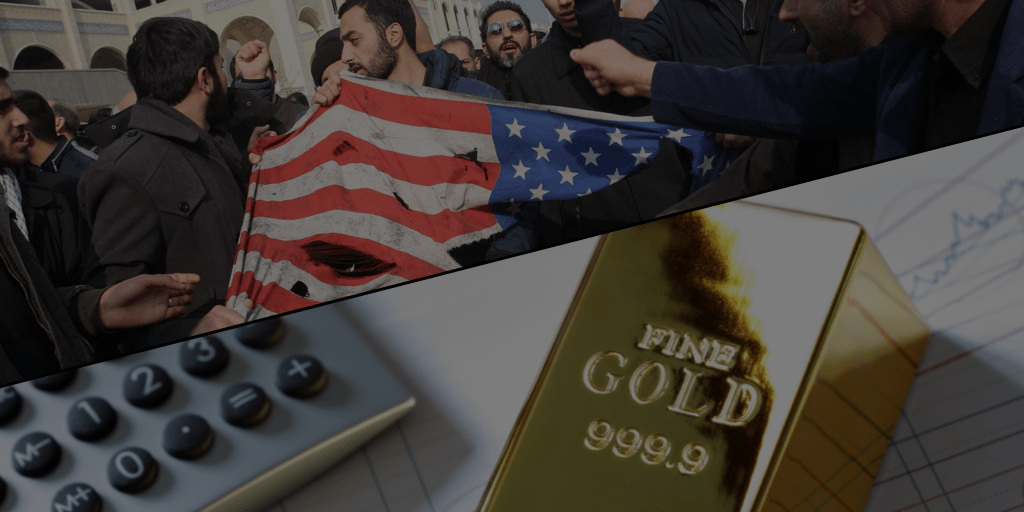In recent weeks, gold has again entered a wave of appreciation in the financial market, reaching 1,556 USD/oz on Monday, 15, with geopolitical tensions in the Middle East as the main reason.
The metal is typically considered a haven for investors in times of uncertainty, as it can be used as a widely accepted store of value when the market loses confidence in other commodities, currencies, or stocks.
In this context, gold is considered an excellent hedge against inflation. The metal is considered one of the safest financial assets in the economy worldwide. This is because in addition to being a physical asset, gold serves as a backing for the monetary reserve of numerous countries, with its value and demand always guaranteed.
Gold History
Gold has been the object of intense trading and movement of financial assets for centuries and has been used by humanity since 3000 BC as a currency of exchange, but was only recognized as a universal monetary resource from 1750 onwards, with the intense exploitation of gold in Brazil and Africa. It is estimated from historical records that more than 160,000 tons of gold have been mined in the last 5000 years, of which about 112,000 have been mined from 1800 to date alone, according to the World Gold Council (WGC, In Gold We Trust, 2018).
The milestones of gold production in the world are, in chronological order, the discovery of the mines of Peru and Mexico by the Spanish, the gold of Minas Gerais by the Portuguese and, in a second moment, the advance of hydraulic dismantling and dynamite between the 19th and 20th centuries that significantly increased the production of the United States, Australia and South Africa.
World reserves are around 54,000 tons, with the countries holding the largest portions being South Africa, Russia, Australia, and the United States, in their respective order of relevance, while the largest producers are, in descending order, China, Australia, Russia, the United States, and South Africa, according to the United States Department of Geological Survey's 2019 Mineral Summary
It is estimated that more than half of all world gold production is used for bank reserves as a guarantee of balance in international trade transactions. The other economic applications of this commodity are limited to its use as a raw material for the aerospace and electronic components industries, for dentistry and for jewelry.
Gold in times of crisis
In times of crisis and economic and financial instability, investors withdraw their money from more unstable assets, such as the stock market, for example, and take refuge in the safety of gold. Historically, the commodity is considered a stable asset: every time there is a prospect of conflict in the global market, demand increases, and so does the price.
Gold is often referred to as a "crisis commodity" as investors flee to their relative safety when world crises occur. The more trade or geopolitical tensions there are in the world, the greater the demand for the metal, which has offered a higher return than other assets such as stocks, the dollar and savings.
The scarcity (unlike coins, there is no way to print a larger quantity), the easy division and the perenniality associated with the non-corrosion or deterioration, make gold a classic store of value.
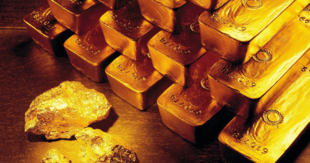
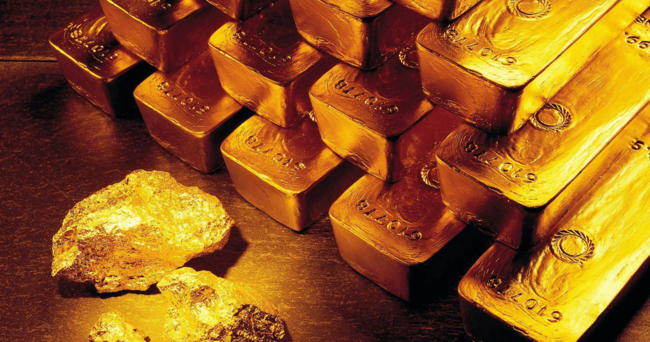
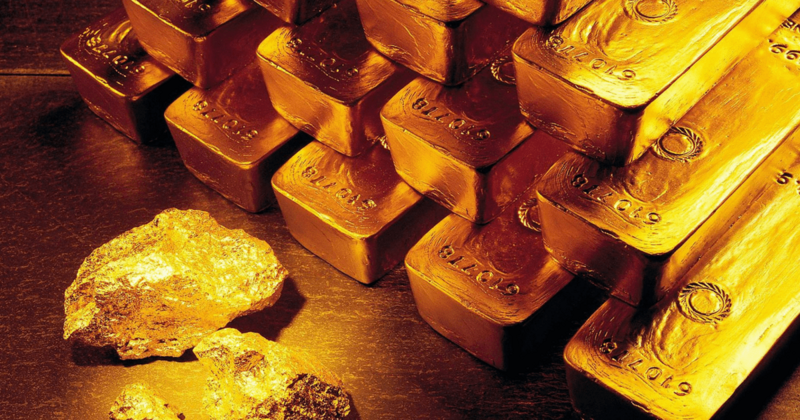
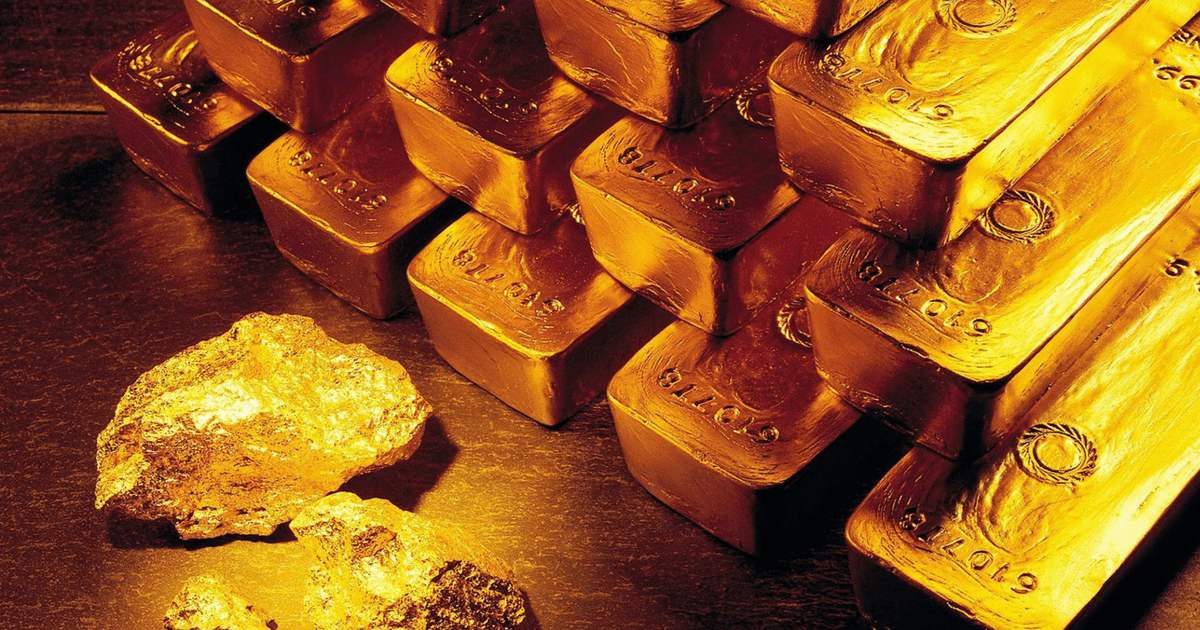
The reason for the metal's most recent rise was the growing tension between the United States and Iran, after US President Donald Trump authorized an air strike by the US armed forces that killed General Qassem Soleimani, leader of the foreign wing of Iran's Islamic Revolutionary Guard Corps.
On January 5, the Iraqi Parliament passed a resolution expelling U.S. troops from the country. Since then, Trump has threatened Iraq with sanctions.
With Iranian officials vowing retaliation for the U.S. offensive, investors are still trying to assess the ultimate consequences of Soleimani's death for regional and global geopolitical stability in one of the world's most important oil production and transportation zones.
On the 6th, Goldman Sachs analysts wrote in a report to clients that, in episodes of geopolitical tensions of this nature, buying gold is a more effective protection for the portfolio than having positions in oil.
However, there is a perception among investors and analysts that the escalation in tension between the US and Iran is easing, reducing fears in the market.
Who is it interesting to invest in
The application is more suitable for investors who already have resources distributed in other financial products, that is, they have a diversified investment portfolio. Gold preserves wealth and offsets the risk of other assets, such as company stocks.
In the case of individual investors, investing in gold is indicated only if they are sensitive to understanding market movements. The small investor needs to have knowledge of the marketto enter when it is cheap and take advantage of moments of crisis to sell.
What are the ways to invest
There are direct and indirect ways to bet on gold as an investment, the most common and advisable are:
- Physical Gold
- Contracts at BM&FBovespa
- Investment Funds
1. Physical Gold Investment
To buy physical gold (in bars) you need to look for a financial institution that sells the product, register and prove your income for purchases made with a value above R$ 10,000.00.In addition, you need to find a custodian bank, that is, the one that will store the gold and pay a monthly custody fee on the financial volume held, it can vary from 0.07% to 0.15%.
In addition, another option for physical purchase is to negotiate directly with a gold distributor, and keep custody at home. In this scenario, distributors usually charge a 1% fee on the negotiated amount. It is important to note that in this modality the risk of losing the asset is greater, since it would not be kept within a financial institution that holds security and insurance for the assets in custody.
One of the disadvantages of this form of investment is the lower liquidity at the time of sale, making it more difficult to find a counterparty willing to buy at the market price.
2. Futures contracts at BM&F Bovespa
In this option, the investor needs to look for a financial institution registered with BM&F Bovespa (Brokerage Firm or his own bank.)
Fractional contracts of 0.225 g up to 10 g are traded, or full contracts of 250 g. Through this system, in addition to obtaining greater liquidity for buying and selling, the investor only pays the brokerage fee for the trade, custody is on behalf of the broker.
In this type of trading, investment in gold is similar to investment in variable income and, like the taxation of income tax on stocks, it is exempt from income tax for investments smaller than R$ 20,000.00.
3. Gold Investment Funds
Investment funds are the most affordable option for most investors, since you don't have to worry about the bureaucracy of buying gold in cash or the intricacies of the futures market.
With gold investment funds, the investor outsources the management of this asset to a professional manager. The fund can either be passive, which buys gold and simply suffers variations in price, or active, which buys and sells gold according to the market moment, seeking higher returns.
What are the risks?
The value of gold can change from moment to moment, according to several factors. So it is not a guarantee that you will have a high profitability, just that it is not subject to the same changes as common currencies. Below, we list some factors that can change the value of gold:
- Monetary policy of several countries;
- Supply and demand from investors on stock exchanges around the world;
- Import and export of metal between countries;
- Seasonality throughout the year;
- Natural factors that affect gold extraction.
